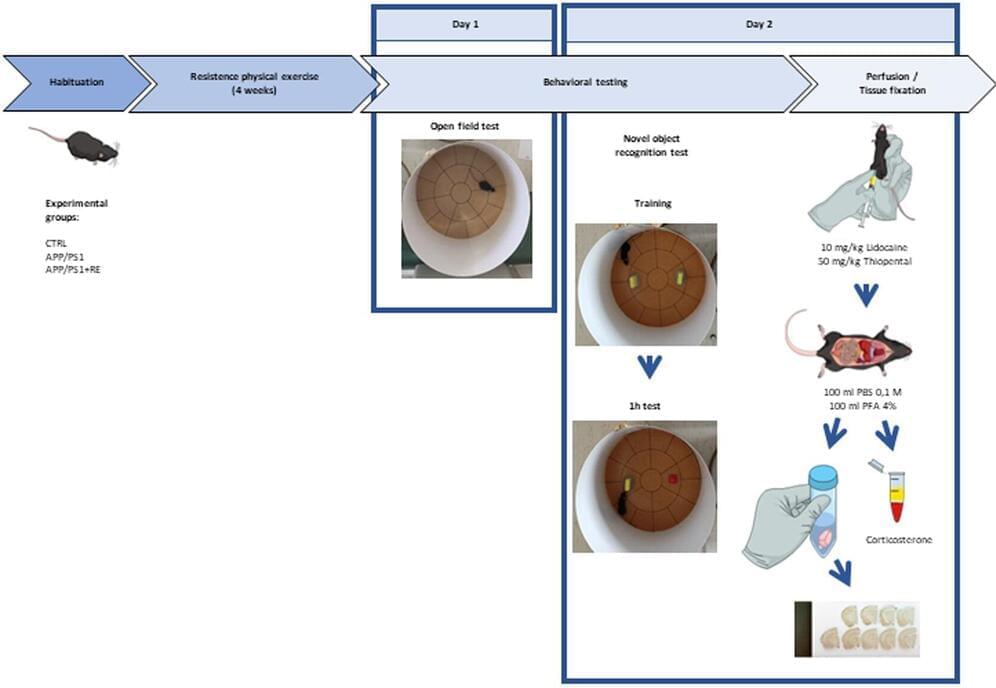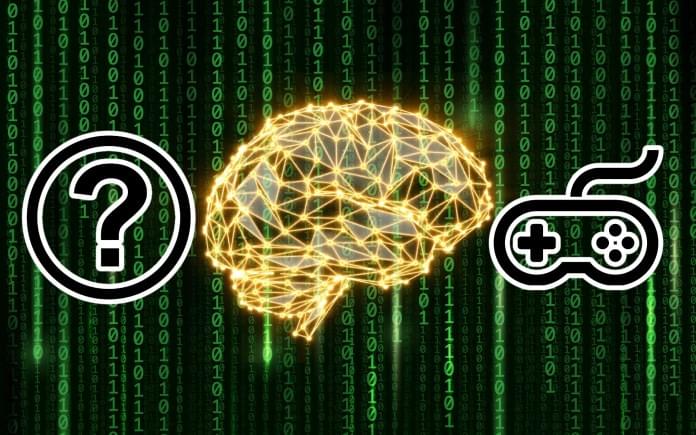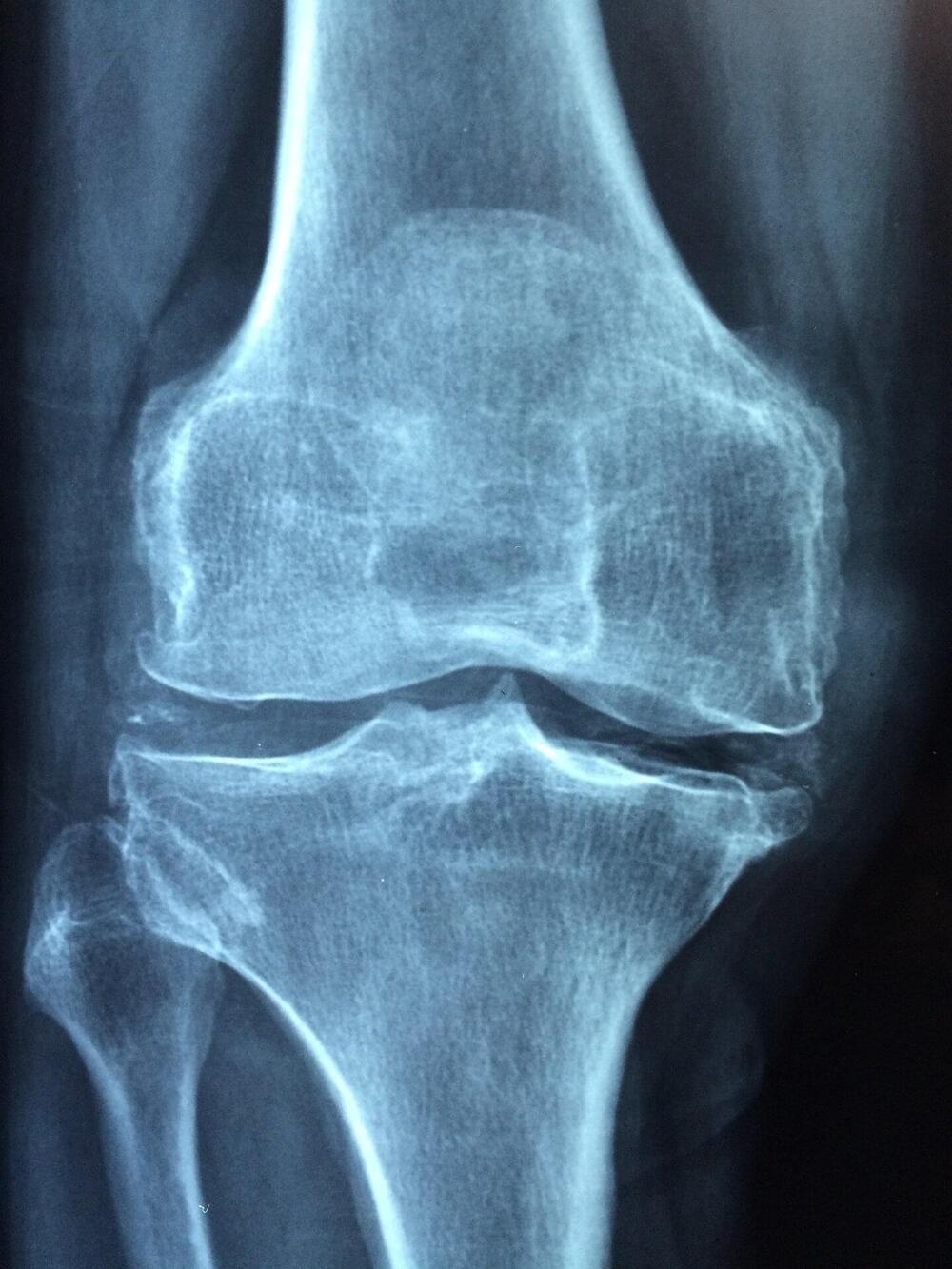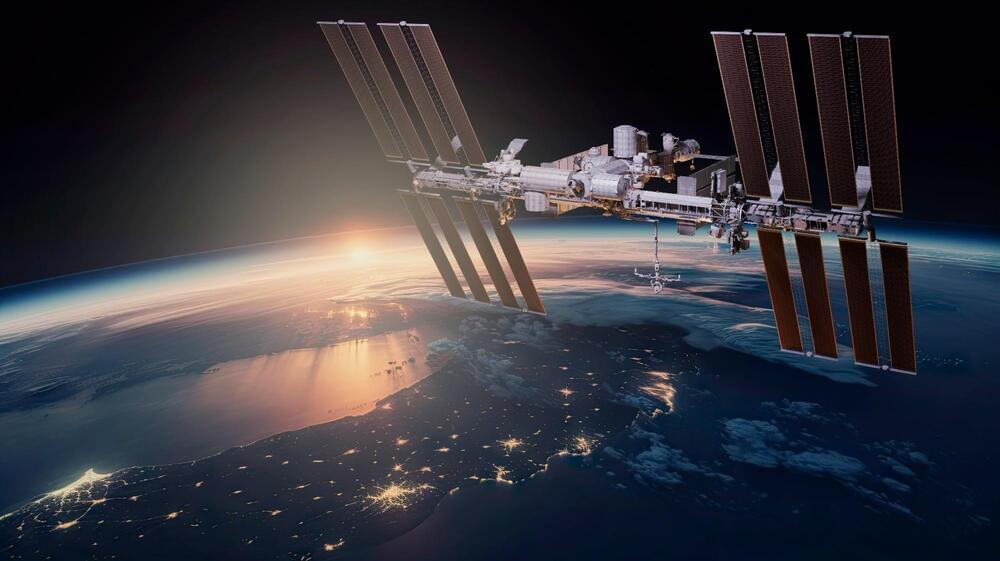Artificial intelligence can predict on-and off-target activity of CRISPR tools that target RNA instead of DNA, according to new research published in Nature Biotechnology.
The study by researchers at New York University, Columbia University, and the New York Genome Center, combines a deep learning model with CRISPR screens to control the expression of human genes in different ways—such as flicking a light switch to shut them off completely or by using a dimmer knob to partially turn down their activity. These precise gene controls could be used to develop new CRISPR-based therapies.
CRISPR is a gene editing technology with many uses in biomedicine and beyond, from treating sickle cell anemia to engineering tastier mustard greens. It often works by targeting DNA using an enzyme called Cas9. In recent years, scientists discovered another type of CRISPR that instead targets RNA using an enzyme called Cas13.








